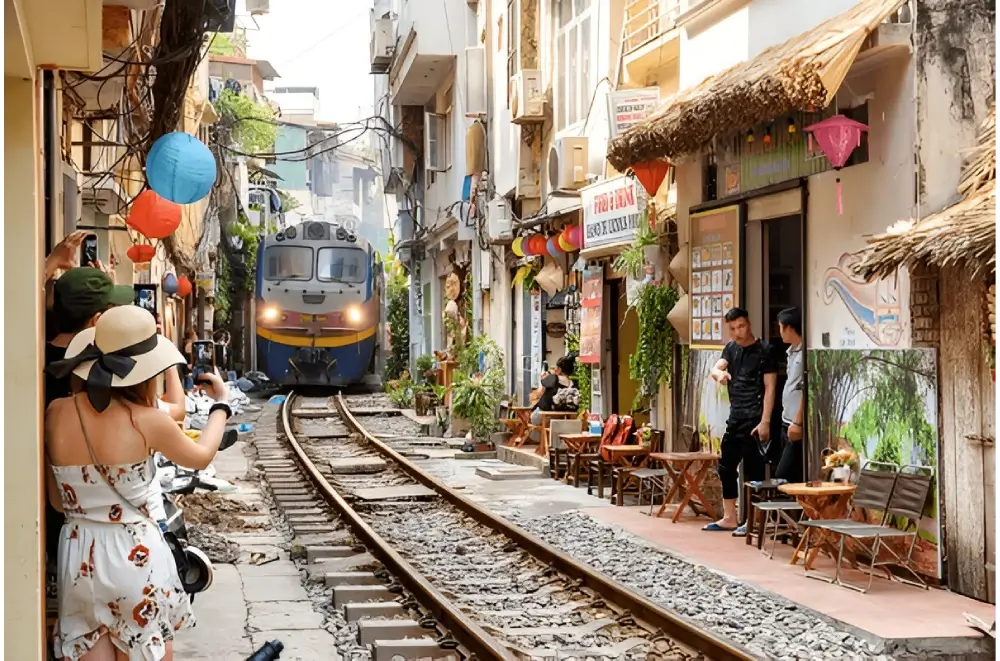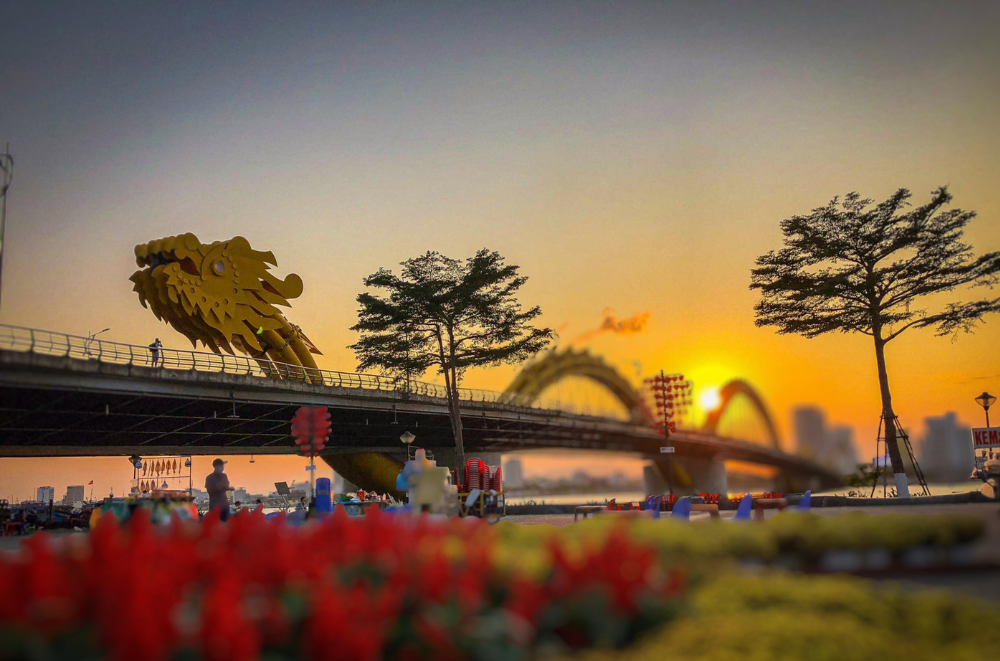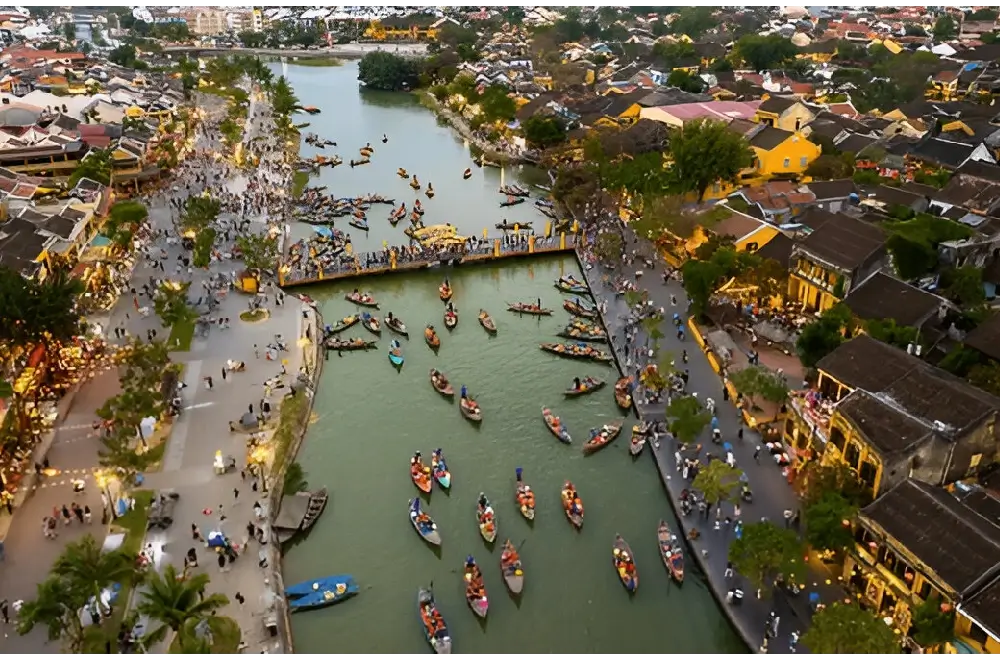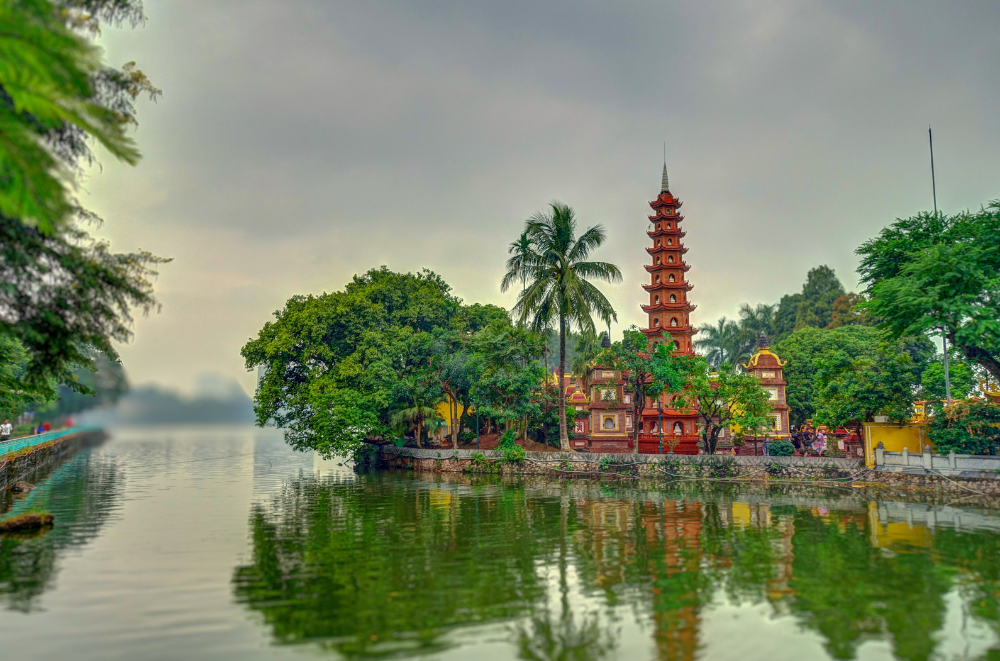Vietnam Tourism: Timeless Charm & Unforgettable Journeys
Vietnam is a country where timeless traditions meet spectacular landscapes — from the limestone karsts of Halong Bay to the lantern-lit streets of Hoi An, the buzzing energy of Ho Chi Minh City to the green rice paddies of Sapa. Whether you’re travelling with family, your partner, or a group, Vietnam Tourism promises stunning scenery, warm people, incredible food, and experiences that touch your heart.
Why Visit Vietnam?
Vietnam has something for every traveller:
Diverse landscapes: Beaches, mountains, deltas, islands, and lush countryside.
Rich culture: Ancient temples, colonial architecture, historic cities.
World-class cuisine: Pho, spring rolls, seafood, coffee culture.
Budget-friendly: Great value for accommodation, food, and activities.
Warm hospitality: Friendly locals eager to share their traditions.
Quick Vietnam Travel Facts
| Details | Information |
|---|---|
| Location | Southeast Asia, bordering China, Laos, Cambodia |
| Capital | Hanoi |
| Popular Cities | Hanoi, Ho Chi Minh City (Saigon), Da Nang, Hoi An, Hue |
| Currency | Vietnamese Dong (VND) |
| Visa for Indians | E-Visa available for short stays |
| Best Time to Visit | March–May (spring) and Sept–Nov (autumn) |
| Popular Highlights | Halong Bay, Sapa, Hanoi Old Quarter, Hoi An, Mekong Delta |
| Famous Local Food | Pho, banh mi, fresh spring rolls, egg coffee |
| Accessibility | Major airports: Hanoi (HAN), Ho Chi Minh City (SGN), Da Nang (DAD) |
Vietnam Climate Chart
Vietnam’s weather varies by region — tropical in the south, cooler in the north.
| Region | Season | Avg. High (°C) | Avg. Low (°C) |
|---|---|---|---|
| Hanoi (North) | Spring (Mar–May) | 20–28 | 15–22 |
| Ho Chi Minh City (South) | Dry Season (Dec–Apr) | 28–35 | 22–26 |
| Central Vietnam (Hue, Da Nang) | Sept–Nov | 25–30 | 20–24 |
Best Time to Visit:
March–May & Sept–Nov: Pleasant weather, fewer rains, ideal for sightseeing.
Dec–Apr: Best for southern beaches (Phu Quoc, Nha Trang).
Jun–Aug: Warm but humid, great for islands and coastal regions.
Best Places to Visit in Vietnam
Hanoi: Vietnam’s capital — the Old Quarter’s lively streets, Hoan Kiem Lake, ancient temples, and French colonial charm.
Halong Bay: UNESCO World Heritage Site — emerald waters dotted with limestone islands. Take an overnight cruise.
Hoi An: A preserved ancient town known for lantern-lit streets, riverside cafes, and tailor shops.
Hue: Historic city with ancient citadel, imperial tombs, and pagodas.
Ho Chi Minh City (Saigon): Vietnam’s largest city — skyscrapers, rooftop bars, Ben Thanh Market, and Cu Chi Tunnels.
Mekong Delta: A maze of rivers, floating markets, and lush countryside.
Sapa: Mountain town with rice terraces and ethnic minority villages.
Top Things to Do in Vietnam
Cruise overnight in Halong Bay surrounded by limestone islands.
Walk through Hanoi’s Old Quarter and try authentic street food.
Take a lantern-making class in Hoi An.
Ride a motorbike along the Hai Van Pass.
Visit the Cu Chi Tunnels near Ho Chi Minh City.
Experience a floating market in the Mekong Delta.
Trek through the rice terraces in Sapa and meet local hill tribes.
Why Book Your Vietnam Trip with Mauzee Holiday
When you travel to Vietnam with Mauzee Holiday:
We customise every Vietnam tour package — from family-friendly itineraries to romantic getaways, adventure trips, and cultural tours.
We give our 100% before confirming — helping with visa guidance, flights, top hotels, private guides, and unique local experiences.
Our trusted local team is always available during your trip for any assistance.
From lantern festivals to street food, rice terraces to island beaches, we make your Vietnam journey personal and memorable.




 05 Days
05 Days
 04 Nights
04 Nights



